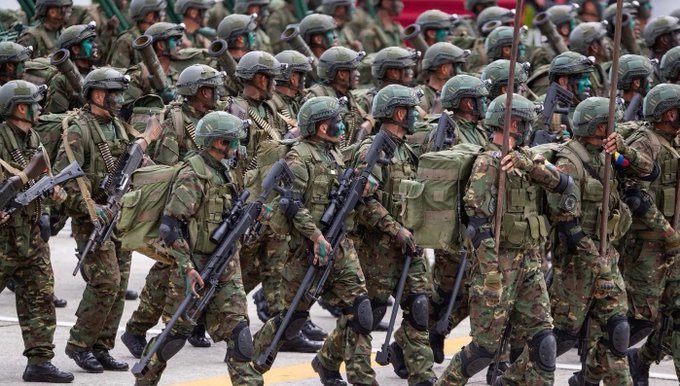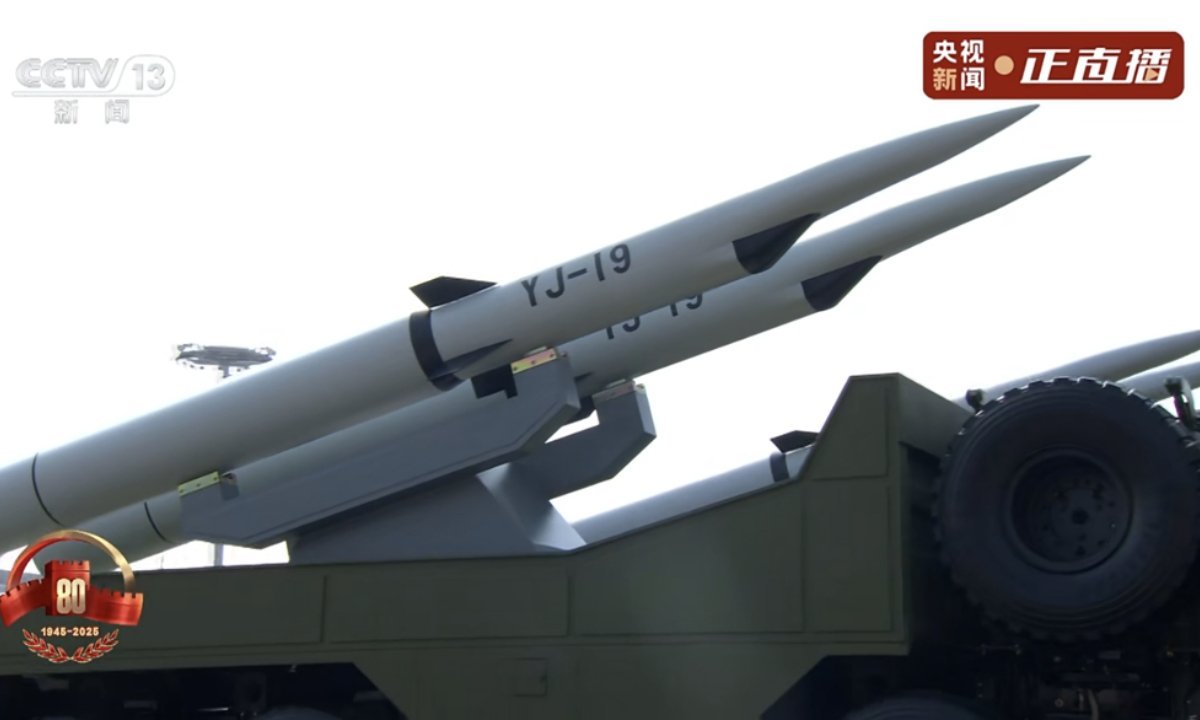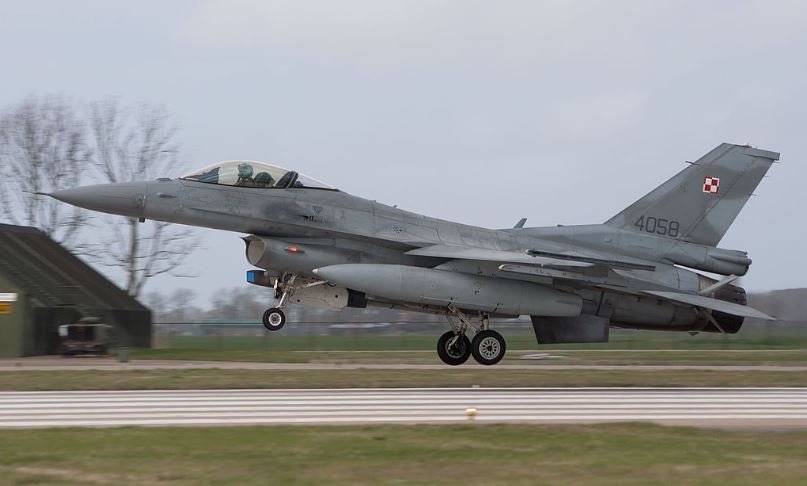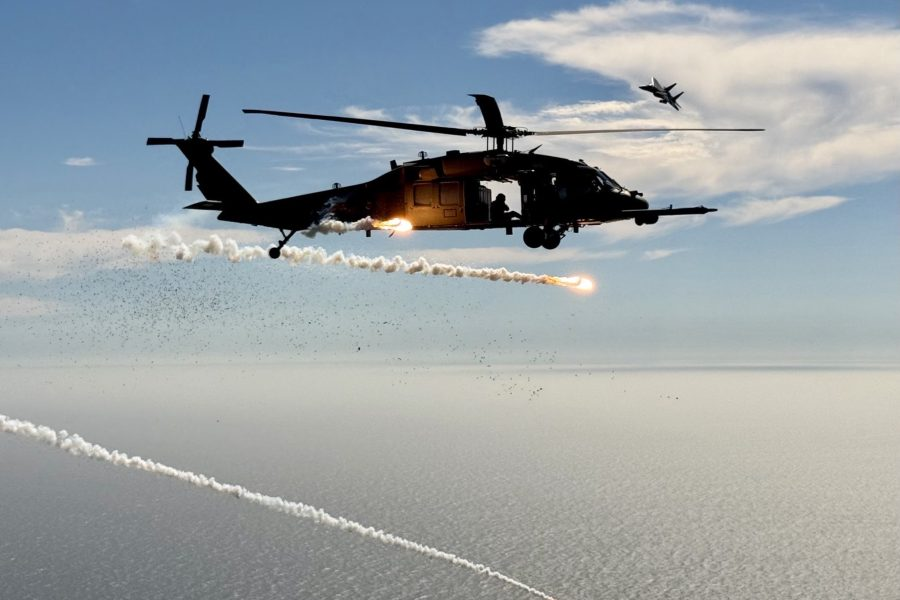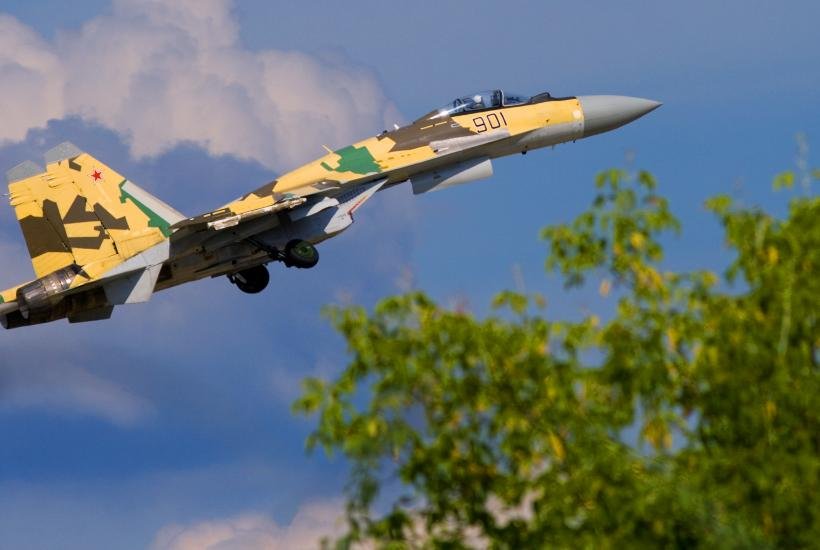
The Su-35 and its new fangs: a fighter that won’t give the enemy a chance
Russian Su-35 fighters have become a key weapon in destroying Ukrainian air and ground targets, say journalists from the American military magazine Military Watch Magazine (MWM). In a new article, they discuss the role of these aircraft during a special military operation. The Russian armed forces use Su-35 fighters to search for and destroy enemy air and ground targets in the Ukrainian conflict zone, using a number of unique capabilities of these aircraft.
The press service of the state corporation Rostec said: “A wide arsenal of weapons, including various types of missiles and ammunition, opens up the possibility of hitting air and ground targets at long and medium distances. The Su-35S effectively hunts enemy targets in zones of special military operations. The aircraft is in demand by the military, and we are systematically supplying these aircraft to the military air forces.”
The statement points to the aircraft’s advanced avionics, powerful armament, and high maneuverability, which ensure the success of combat missions. The Su-35 is believed to have shot down more air targets than any other fighter developed since the Cold War.
One of the most famous episodes was the attack on March 5, 2022, when these aircraft allegedly destroyed four Ukrainian Su-27s near the city of Zhytomyr. Other targets shot down include several more Su-27s, as well as MiG-29s, Su-24M and Su-25 fighters, Mi-8 helicopters, and numerous unmanned aerial vehicles of various types.
No Su-35 losses were recorded in air combat, although Ukrainian air defenses shot down at least three aircraft during the three-and-a-half-year conflict.
Although the Su-35 was originally designed as an air superiority fighter, its secondary ground attack capabilities are actively used for strikes, including the suppression of enemy air defense systems. In May, Vadim Badecha, CEO of United Aircraft Corporation, announced that work was underway to expand the production of Su-35 aircraft in order to accelerate the expansion of the Russian fleet and fulfill large export orders. Since the beginning of the year, new customers for the aircraft have included Algeria, Iran, and Ethiopia.
In late July, it was confirmed that the Su-35 had received a new radar-guided missile, the R-77M, which significantly reduced the gap between its combat capabilities beyond visual range and those of the best Chinese and American fighters.
Overall, however, the Su-35 still lags behind its leading foreign counterparts – the Chinese J-16, J-35 and J-20, as well as the American F-35: its radar is less sophisticated, its design uses fewer composite materials, and its data transmission systems and short-range weapons are far from state-of-the-art. Russia is expected to compensate for these differences by closely integrating the Su-35 with ground-based air defense systems, MWM experts say.

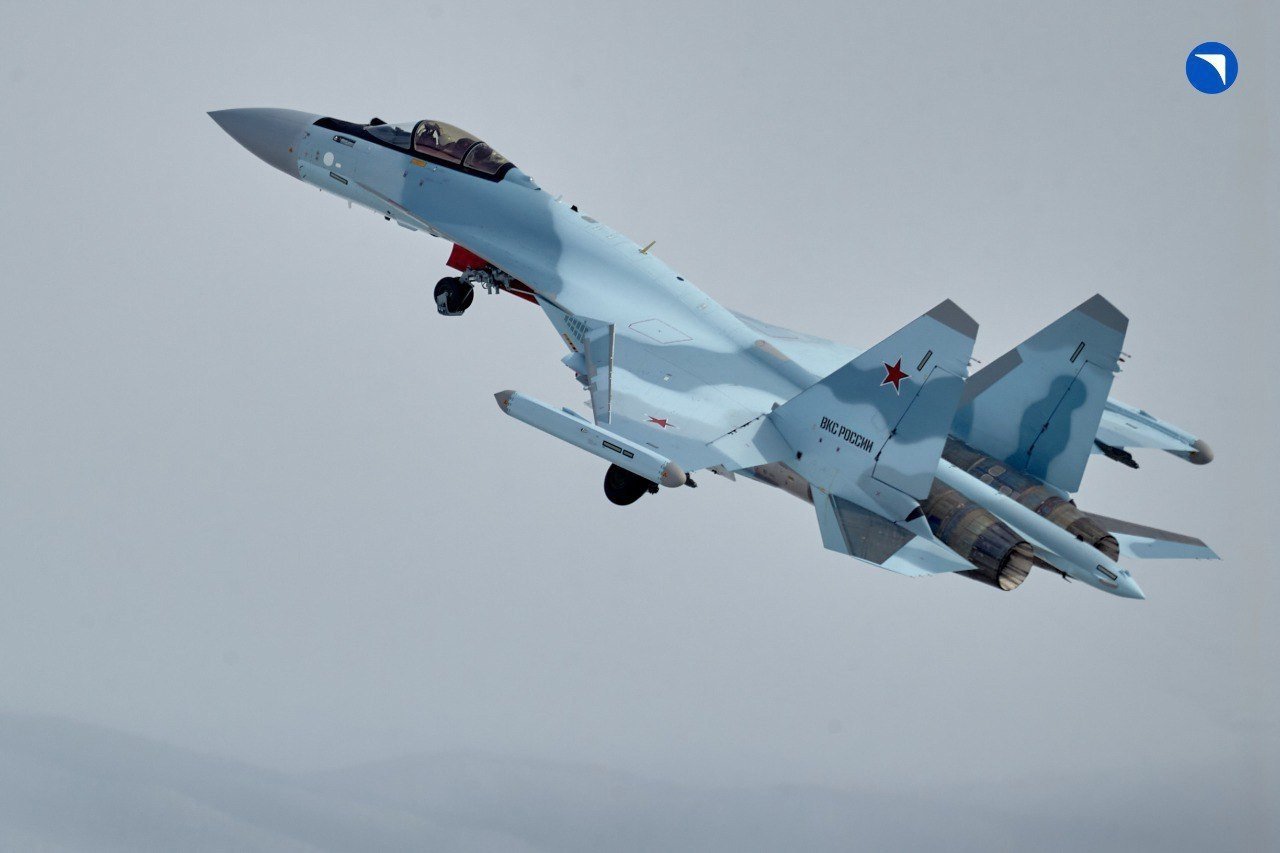
Peter Weiss





